Introduction
The art of crafting wild grape wine is an ancient tradition that dates back centuries, where the sweet nectar of nature has been transformed into a liquid treasure cherished for its flavor, aroma, and potential health benefits. Wild grapes, often found growing untamed in forests and vineyards, carry a unique terroir—a blend of soil, climate, and sunlight—that imparts a distinct character to the wine. Unlike domesticated grapes, wild grapes often possess a more robust flavor profile, making them an ideal candidate for creating a bold and complex wine.
In this comprehensive guide, we will delve into the intricacies of making wild grape wine, from sourcing and selecting the perfect grapes to the fermentation and aging processes. Each step is crucial in ensuring that your final product is not only palatable but also a testament to the natural beauty of wild grapes.
Chapter 1: Sourcing and Selecting Wild Grapes
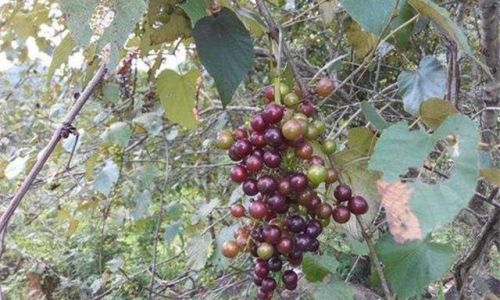
1 Identifying Wild Grapes
Before embarking on your wild grape wine-making journey, it’s essential to correctly identify the species of wild grapes you intend to use. Several varieties exist, including Muscadine, Fox, and American wild grapes, each with its own unique flavor and characteristics. Identifying the grapes correctly ensures you’re working with a species suitable for wine-making.
2 Harvesting Techniques
Harvesting wild grapes requires patience and care. Ideally, grapes should be picked when they are fully ripe, usually in late summer to early autumn. Look for grapes that are plump, deeply colored, and free from mold or pests. It’s best to harvest in the cool morning hours to preserve the grapes’ freshness and natural sugars.
3 Sorting and Cleaning
Once harvested, sort through the grapes, removing any that are damaged, moldy, or underripe. This step is crucial as mold and bacteria can spoil the entire batch of wine. Rinse the grapes gently in cool water to remove any dirt or debris, then pat them dry using a clean cloth or let them air-dry on a clean surface.
Chapter 2: Preparing the Grapes for Fermentation
1 Destemming and Crushing
Before fermentation can begin, the grapes need to be destemmed and crushed. Destemming involves removing the stems, which can contain bitter tannins that can adversely affect the wine’s taste. Crushing the grapes releases their juices and exposes the flesh to the yeast, facilitating fermentation. This can be done manually with a potato masher or by using a grape crusher designed for small-scale wine production.
2 Maceration
Maceration is the process of allowing the crushed grapes, including their skins, seeds, and stems (if not already removed), to sit together for a period to extract color, flavor, and tannins. The duration of maceration can vary depending on the desired outcome, but typically ranges from a few days to a week. During this time, occasional stirring or punching down of the cap (the solid material that forms on top of the juice) is necessary to ensure even extraction.
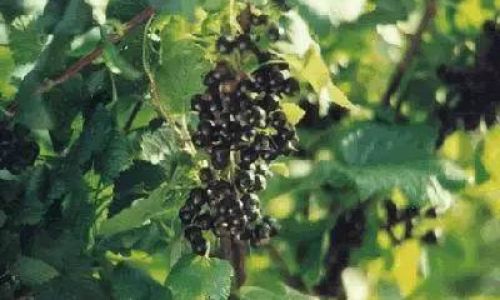
Chapter 3: Fermentation
1 Choosing the Right Yeast
Wild yeast naturally present on grape skins can initiate fermentation, but for a more controlled and predictable outcome, it’s advisable to use a selected wine yeast strain. Different yeast strains produce varying flavors, alcohol levels, and fermentation rates. Choose a yeast strain that complements the characteristics of your wild grapes and desired wine profile.
2 Initial Sugar and Acid Adjustment
Before adding yeast, test the grape juice for its sugar and acid content. The balance between these two components is crucial for a well-balanced wine. If necessary, adjust the sugar level by adding a simple syrup or dried grapes (raisins) to increase sweetness and potential alcohol content. Acidity can be adjusted using malic acid, tartaric acid, or calcium carbonate, depending on whether you want to increase or decrease acidity.
3 Adding Yeast and Nutrients
Once the juice is ready, pitch the selected yeast along with any required yeast nutrients. Yeast nutrients, such as diammonium phosphate (DAP) and yeast hulls, provide essential vitamins and minerals that support healthy yeast growth and fermentation. Ensure the juice is at the optimal temperature for your yeast strain before pitching to avoid stress on the yeast and potential fermentation issues.
4 Monitoring Fermentation
Fermentation can be a vigorous process, with bubbles indicating the release of carbon dioxide. Regularly monitor the temperature, which should be maintained within the yeast’s optimal range (typically between 68°F to 86°F or 20°C to 30°C). Stir the must (fermenting grape juice) gently daily to distribute yeast and nutrients evenly and to prevent the formation of a hard cap.
5 Racking and Secondary Fermentation
Primary fermentation usually lasts from 5 to 10 days, depending on the yeast strain and initial sugar content. Once the vigorous bubbling stops, it’s time to rack the wine—a process of transferring the liquid (now called wine) from the primary fermentation vessel to a secondary vessel, leaving behind the lees (sediment that has settled at the bottom). This can be done using a siphon or racking cane.

Secondary fermentation may occur, where residual sugars continue to be converted into alcohol and carbon dioxide. During this phase, the wine should be left undisturbed except for occasional degassing to release trapped carbon dioxide.
Chapter 4: Aging and Finishing
1 Malolactic Fermentation (Optional)
Malolactic fermentation is a secondary fermentation process where malic acid (found in grapes) is converted into lactic acid by bacteria. This process softens the wine’s acidity and can add complexity and creaminess to the final product. While not necessary for all wild grape wines, it’s often beneficial for those with high malic acid content.
2 Aging in Barrels or Carboys
Aging your wine in oak barrels or glass carboys can further develop its flavor and aroma. Oak barrels, in particular, contribute tannins, vanilla, and other oak-derived flavors to the wine. The duration of aging depends on the desired wine profile, but generally, wild grape wines benefit from at least 6 months to a year of aging.
During aging, the wine should be racked periodically to separate it from any sediment that forms. This also allows for the integration of flavors and the development of a more harmonious wine.
3 Clarification and Stabilization
Before bottling, the wine may need to be clarified to remove any remaining particles that could cloud the wine. This can be achieved through natural methods like fining (adding bentonite or gelatin to bind with particles) or filtering. Stabilization involves adjusting the wine’s pH and adding sulfur dioxide to prevent further fermentation and microbial activity in the bottle.
Chapter 5: Bottling and Enjoying Your Wild Grape Wine
1 Preparing Bottles

Choose clean, sterile bottles that can withstand the pressure of carbon dioxide if your wine still contains residual sugar. Corks or screw caps should be in good condition to prevent leakage.
2 Bottling Process
Use a bottling wand or siphon to transfer the wine into the bottles, leaving headspace to allow for expansion if the wine is sweet and may continue to produce carbon dioxide. Fill the bottles to the neck, insert the corks or screw caps, and label the bottles with the date, wine type, and any other relevant information.
3 Storage and Serving
Store your bottled wine in a cool, dark place to preserve its flavors and aromas. Allow the wine to rest for at least a few weeks after bottling to let any disturbances from handling settle. When ready to serve, chill the wine slightly if desired and pour into clean glasses, enjoying the fruits of your labor.
Conclusion
Crafting wild grape wine is a rewarding endeavor that combines the art of wine-making with the thrill of foraging for natural ingredients. By following the steps outlined in this guide, from sourcing and preparing the grapes to fermentation, aging, and bottling, you can create a unique and memorable wine that reflects the essence of wild grapes. Remember, patience and attention to detail are key to producing a high-quality wine. With each batch, you’ll gain experience and refine your techniques, making each subsequent wine even better.
The beauty of wild grape wine lies in its ability to capture the essence of its terroir and transform it into a liquid masterpiece. Whether you enjoy it on its own, pair it with a meal, or share it with friends, each sip will be a reminder of the journey you’ve taken to bring this natural treasure to life. Happy wine-making!
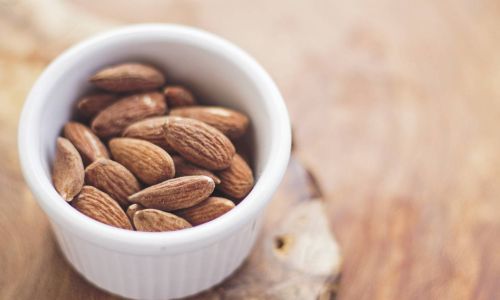
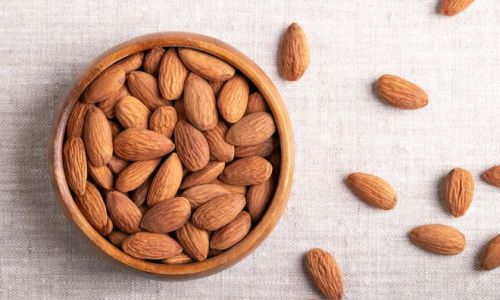
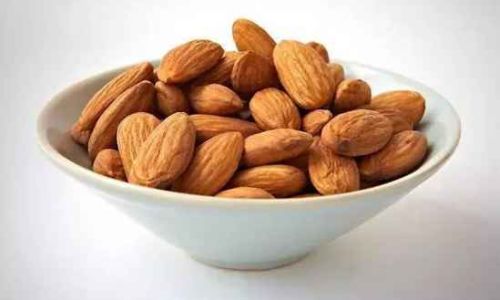
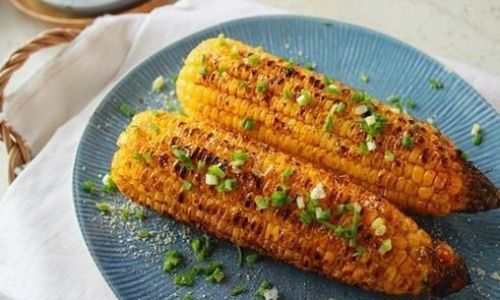
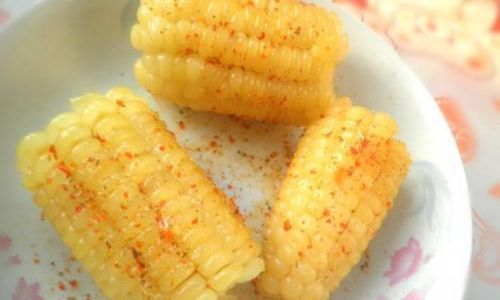
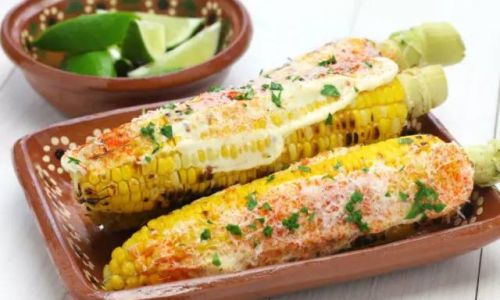
0 comments